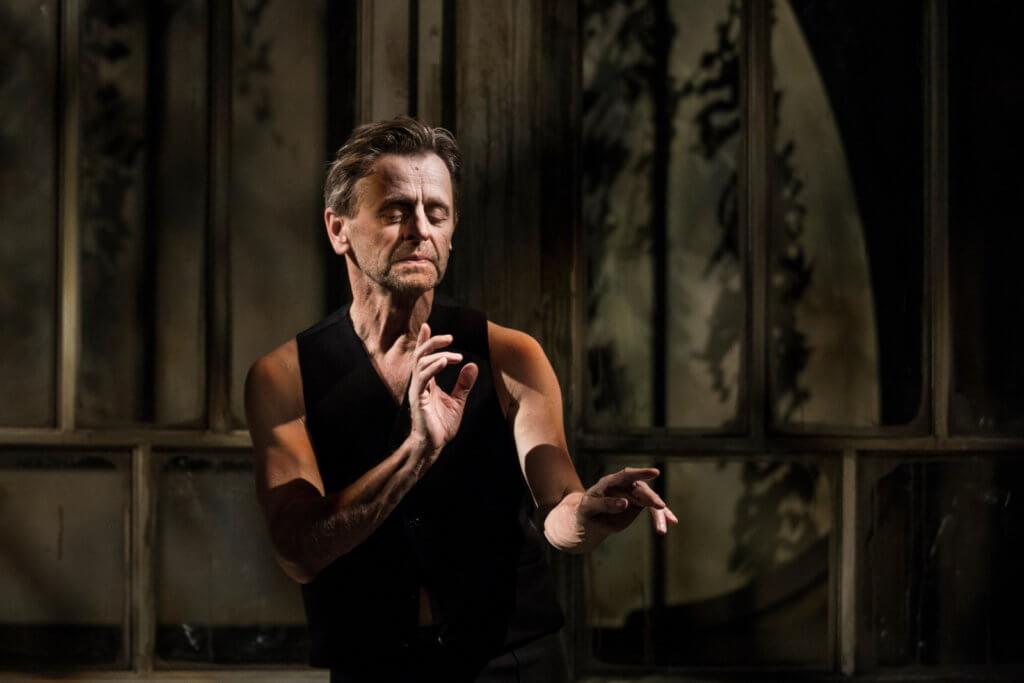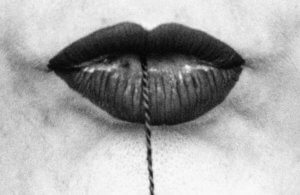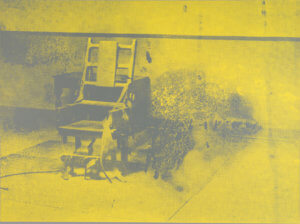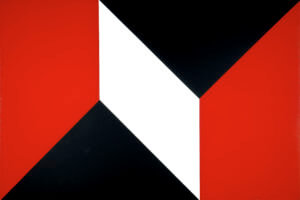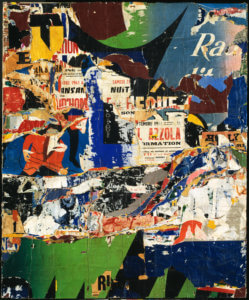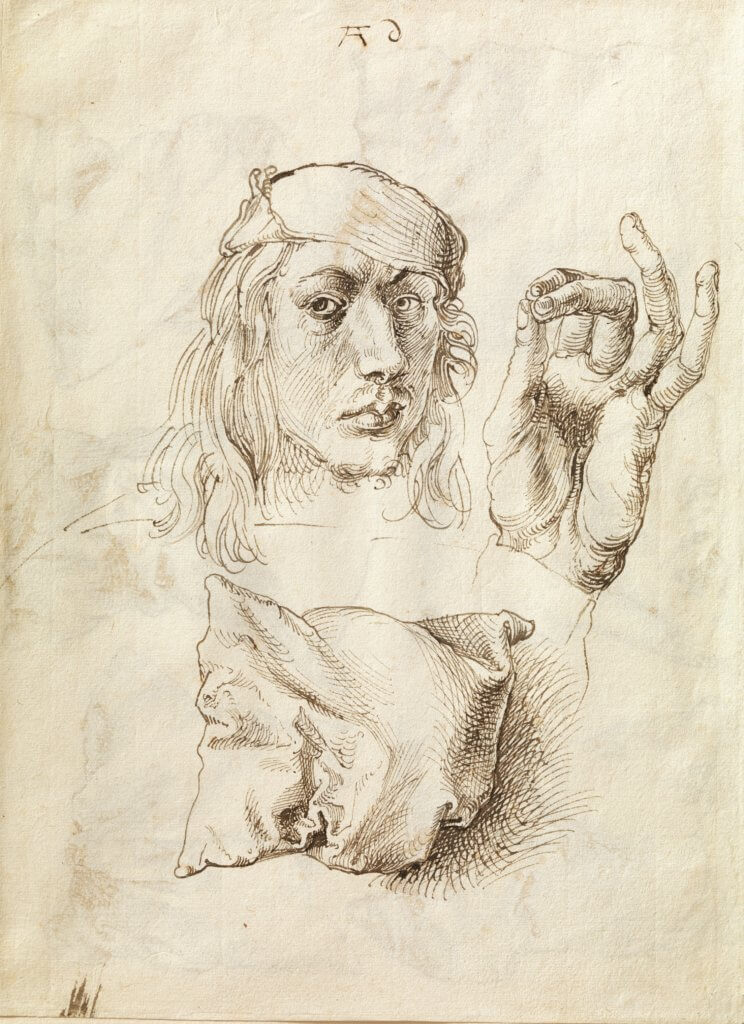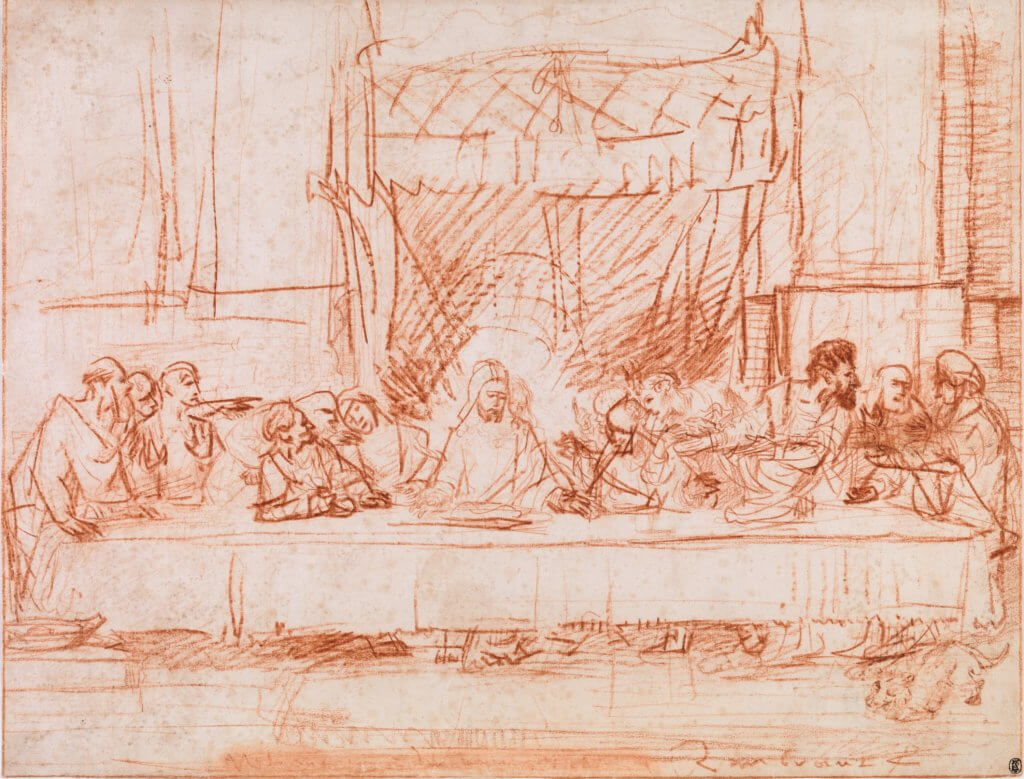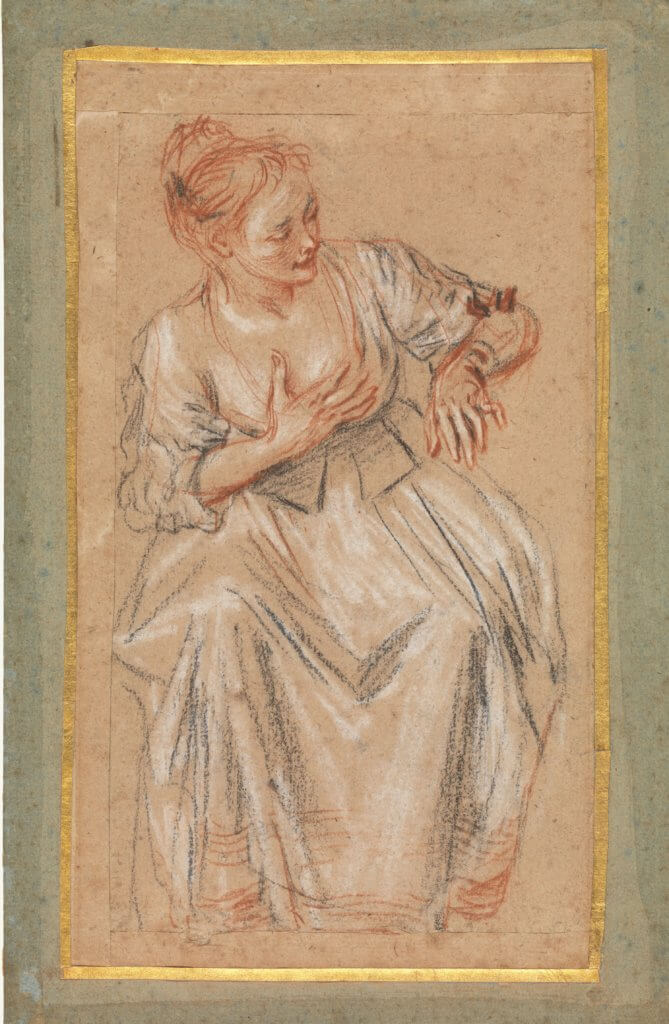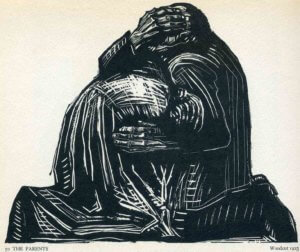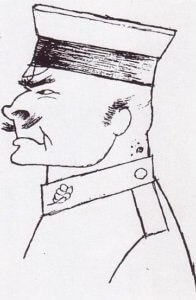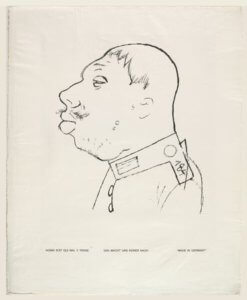Beyond NY: Brodsky/Baryshnikov Play at Cutler Majestic Theater in Boston, MA
Cherry Orchard festival presents Brodsky/Baryshnikov at Cutler Majestic Theater in Boston on January 17-21, 2018
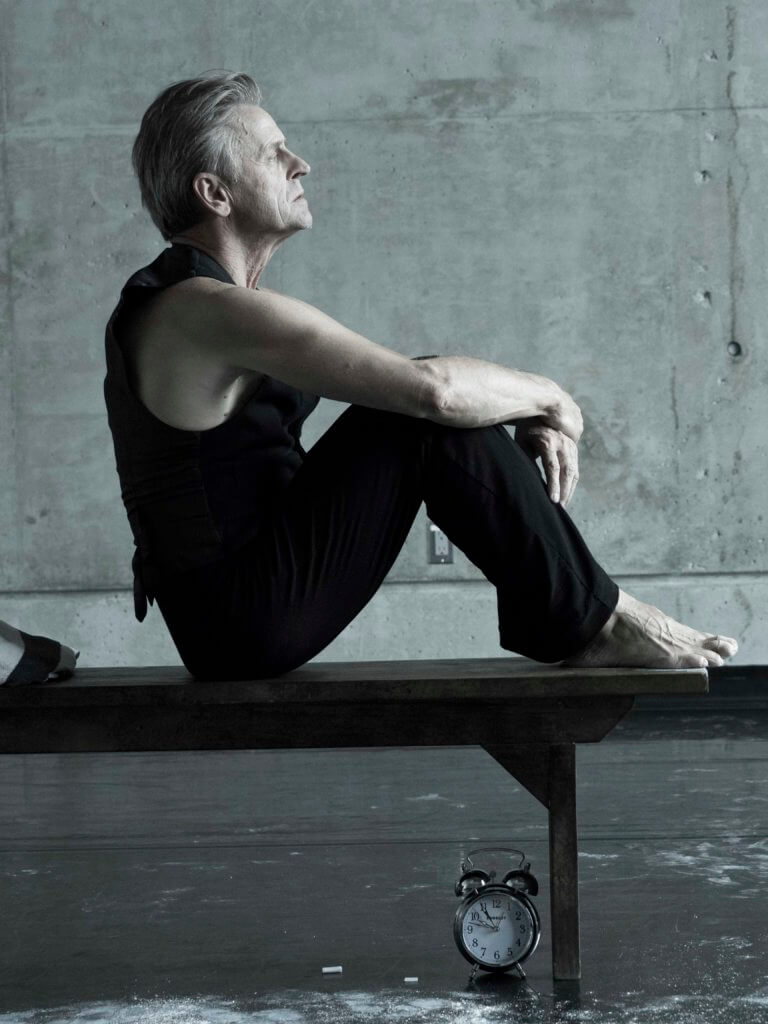
90 min one-man show Brodsky/Baryshnikov, directed by Alvis Hermanis, is a delicate theatrical staging of complex poetry by Josef Brodsky performed by Mikhail Baryshnikov, a celebrated dancer and actor, and a close friend of J. Brodsky. The show is presented by the Cherry Orchard Festival with the performances at Cutler Majestic Theater in Boston, MA on January 17-21, 2018 and in Chicago, IL on February 2-4, 2018.
Josef Brodsky, 1987 Nobel Prize winner in Literature, was a Russian and American poet and essayist. Born in 1940 in St. Petersburg (then Leningrad) Russia, he started writing poetry early in his teens. His writings were gaining popularity in literary circles and caught the attention and support from a Grand Dame of the Silver Age of Poetry, Anna Akhmatova. However, Brodsky’s poetry and life style were denounced by the authorities as anti-Soviet , and in 1963 he was sent to a hard labor camp in the Far North. He was eventually expelled from Russia in 1972 and settled in the USA.
While Brodsky was forcefully thrown out of Russia for becoming a cause célèbre in demonstrating a demonic nature of the soviet regime, Baryshnikov had defected to the West when he was on tour in Canada with Mariinsky ballet in 1974. They met in New York City at a party organized by Mstislav Rostropovich, an acclaimed Soviet and Russian cellist and conductor who also left Russia in the early seventies.
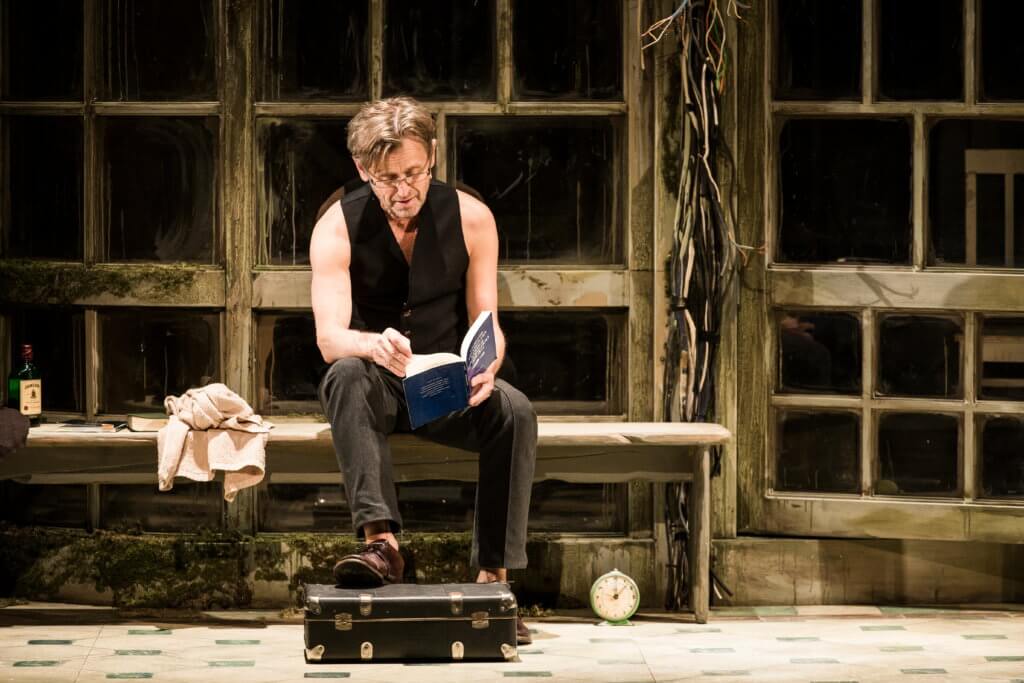
The Paris Review notes Baryshnikov’s description of his first meeting with Brodsky pointing to a minute details like it was just yesterday. In Baryshnikov words “He gave me a cigarette, my hands were trembling … For me, he was a legend.” Their friendship lasted for more than two decades until Brodsky’s death in 1996.
Brodsky was more than just a friend, but a teacher and a mentor for Baryshnikov. In the FT “Poetry and Motion” article Baryshnikov refers to Brodsky as “his university”.
The first performance of Brodsky/Baryshnikov play took place in 2015 in Riga, Latvia, a birth city for both Baryshnikov and Hermanis. It was then taken on an international tour to Tel-Aviv, New York, London, reviewed here in the spring of 2017, and in 2018 to Boston and Chicago.
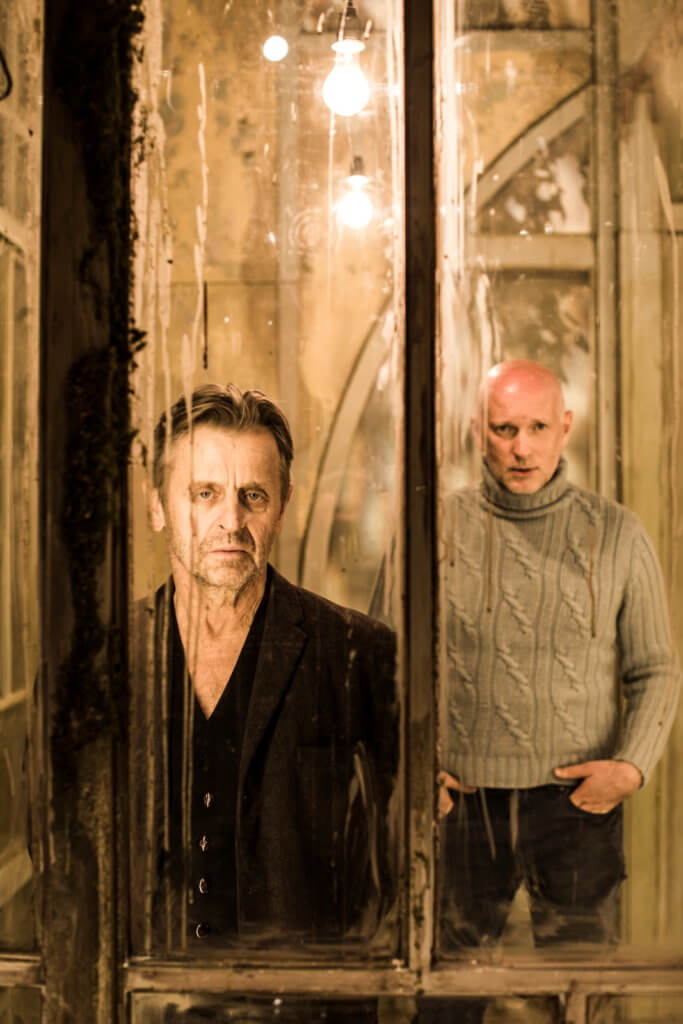
Although it is a one-man show, the audience gets to hear both voices. The Times of London says that there is “an eerie sense of an artistic collaboration that transcends mortality”. The depth of the verses, the grace of movements, the spare stage set bring back a sense of the passing time. And even when Hermanis describes the show as an anti-ballet, one still sees elegant moves in Baryshnikov’s ways of reading Brodsky’s verses and acting them on stage. The reading is done is Russian, so non-Russian speakers have to rely on a translation which surely misses the elegance and the poetic rhythm. Never the less its a theater to it’s highest degree that will surely be enjoyed by the theater lovers.
Boston, MA Show Dates and Tickets a discount code TICKETS3:
Venue: Emerson Cutler Majestic Theatre, 219 Tremont Street, Boston, MA
